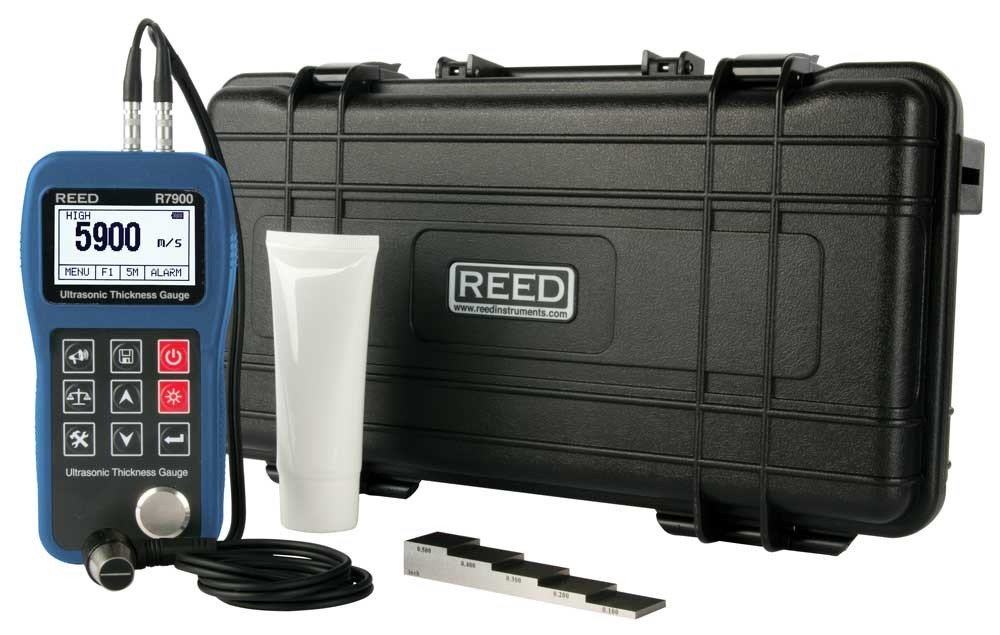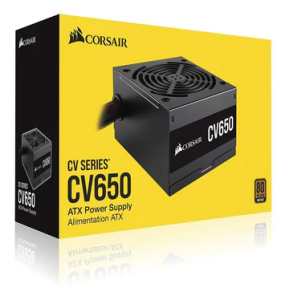Demystifying Calibration and Accuracy in Ultrasonic Thickness Meters
3 min read
Ultrasonic thickness meters are invaluable tools in industries ranging from manufacturing and aerospace to oil and gas, enabling non-destructive testing (NDT) of material thickness without compromising structural integrity. However, to ensure reliable measurements and maintain operational efficiency, understanding calibration and accuracy in ultrasonic thickness meters is crucial. This blog aims to demystify these concepts, highlighting their importance, methods, and best practices for achieving optimal performance.
Importance of Calibration in Ultrasonic Thickness Meters
Calibration is the process of verifying and adjusting the accuracy of ultrasonic thickness meters by comparing their measurements to a known standard. It ensures that the meter provides consistent and reliable results over time and across various materials and conditions. The primary goals of calibration include:
- Ensuring Accuracy: Calibration adjusts the meter to accurately measure material thickness within specified tolerances, essential for quality control and compliance with industry standards.
- Maintaining Reliability: Regular calibration prevents drift and maintains the reliability of measurement data, reducing the risk of errors in critical inspections and assessments.
- Compliance and Certification: Many industries have regulatory requirements that mandate regular calibration of testing equipment to ensure safety, reliability, and adherence to standards.
Methods of Calibration
- Single-Point Calibration: Involves adjusting the ultrasonic thickness meter based on a single known thickness reference standard. This method is straightforward and suitable for applications where materials are uniform and measurements are consistently made at a specific thickness.
- Two-Point Calibration: Utilizes two known thickness standards to calibrate the meter across a range of thicknesses. This method accounts for variations in material properties and surface conditions, ensuring accurate measurements under different testing scenarios.
- Material Velocity Calibration: Calibration based on the velocity of sound through a specific material. The ultrasonic thickness meter calculates thickness by measuring the time taken for ultrasonic waves to travel through the material and reflect back. Accurate knowledge of the material’s sound velocity is essential for precise measurements.
Factors Affecting Calibration and Accuracy
- Material Properties: The speed of sound through materials varies based on factors such as density, elasticity, and temperature. Calibration must consider these variations to achieve accurate measurements.
- Surface Condition: Smooth, clean surfaces facilitate efficient ultrasonic wave transmission and accurate measurements. Irregular surfaces or coatings can interfere with signal propagation, affecting measurement accuracy.
- Transducer Quality and Condition: The transducer is critical for emitting and receiving ultrasonic waves. Regular maintenance, cleaning, and replacement of transducers ensure optimal performance and accuracy.
Best Practices for Calibration and Maintenance
- Follow Manufacturer Guidelines: Adhere to the manufacturer’s recommended calibration intervals and procedures to maintain warranty compliance and ensure accurate measurements.
- Document Calibration Records: Maintain comprehensive records of calibration dates, results, and adjustments made to the ultrasonic thickness meter. Documentation is essential for audits, quality assurance, and traceability.
- Perform Verification Checks: Regularly verify the accuracy of the ultrasonic thickness meter using certified test blocks or standards. Verification checks confirm that the meter remains within acceptable measurement tolerances between calibration intervals.
- Environment Control: Control environmental factors such as temperature and humidity during calibration and measurements to minimize their impact on ultrasonic wave propagation and measurement accuracy.
Advancements in Calibration Technology
- Automated Calibration: Integration of automated calibration routines in modern ultrasonic thickness meters streamlines the process, reduces human error, and enhances efficiency in industrial environments.
- Remote Calibration Services: Some manufacturers offer remote calibration services where meters can be calibrated off-site by certified technicians, providing convenience and minimizing downtime.
Conclusion
Calibration and accuracy are pivotal aspects of ensuring the reliability and effectiveness of ultrasonic thickness meters in non-destructive testing applications. By understanding the principles of calibration, implementing best practices, and leveraging advancements in technology, industries can optimize the performance of these instruments, enhance quality control processes, and maintain compliance with regulatory requirements. As technology continues to evolve, ongoing advancements in calibration techniques promise to further improve the precision, efficiency, and versatility of ultrasonic thickness measurement in diverse industrial sectors.


